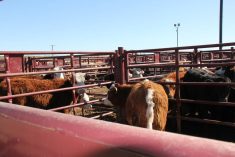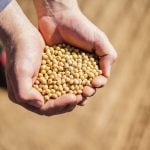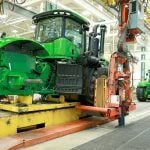Continuous improvement opens the doors to greater possibilities, as the cattle producers behind Sendero Limited know well.
By working to improve efficiency at each stage of production, this innovative new program offers tools to increase profitability across the beef supply chain.
“All of our founders have been in the business for generations, and we’ve always been looking for what’s new on the horizon and how we can improve our various businesses,” says Virgil Lowe, CEO of Sendero Limited, based at Nanton, Alta.
Two years ago, this group of Alberta-based producers, representing the seedstock, cow-calf and cattle feeder sectors, began discussing opportunities to heighten the flow of data through the supply chain in hopes of greater efficiency and profitability.
Read Also
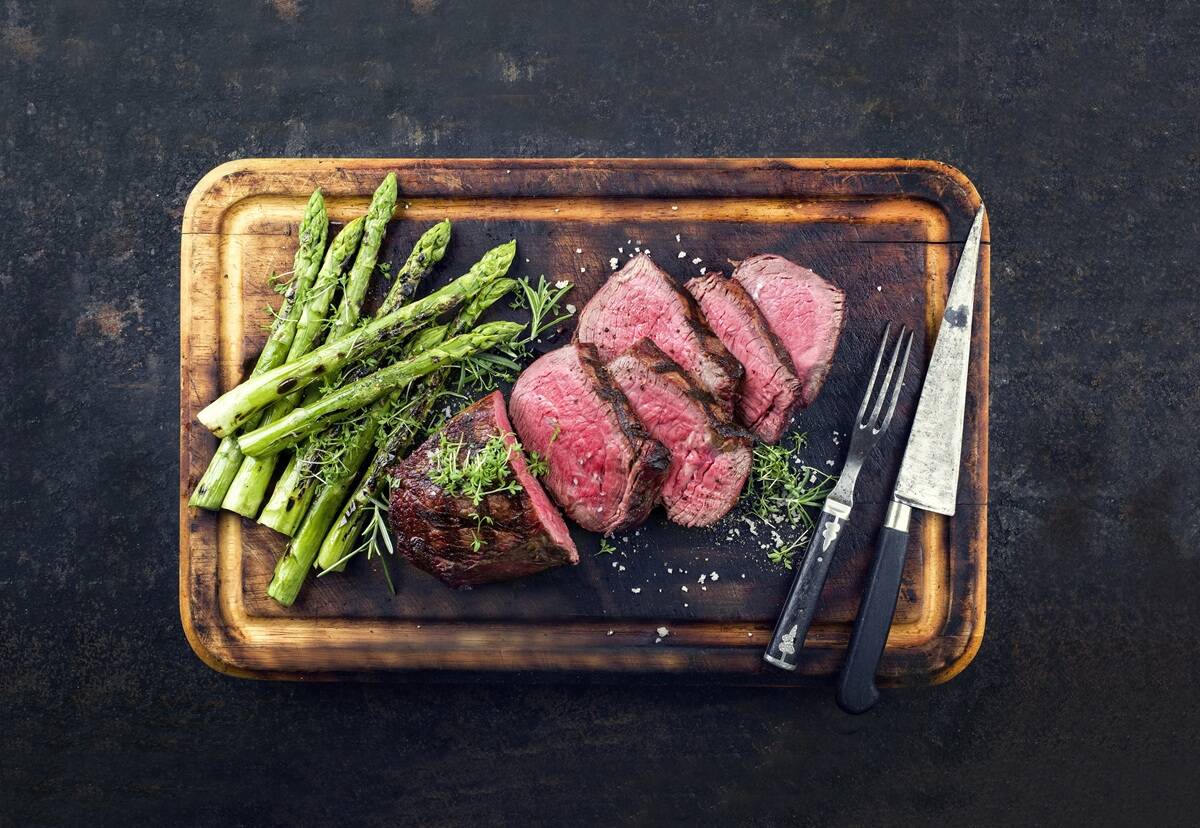
Building demand together: The impact of Canada’s beef import levy
The beef import levy has become a central tool for ensuring balance in Canada’s beef industry
“We all had an interest and a need for better-quality information from other parts of the value chain,” Lowe explains. “So we all got together and started thinking about how we could make that happen in a commercially scalable way.”
As a result of their efforts, Sendero Limited was established in February 2020. The founding members of the company include Granite Cattle Inc., a cattle feeding company in which Lowe is involved, as well as CL Ranches of Cochrane and Antelope Butte Livestock of Lundbreck. Longtime cattle breeder Jay Cross of Okotoks, Alta., is Sendero’s founding chairman of the board.
Sendero’s offerings encompass the entire cattle life cycle, facilitating the flow of data to allow for genetic improvement and greater predictability in performance. “Our vision is to develop a scalable cattle improvement model that offers demonstrably increased profitability for the complete cattle value chain,” says Lowe.
“We’re trying to create a business model that can help every member of the cattle supply chain be more profitable, and I think by its nature that requires us to include anything we can do that is driven by cross-value chain collaboration that adds profitability. So better genetics and better tracking of animals enabling those differentiated cattle is a product of that.”
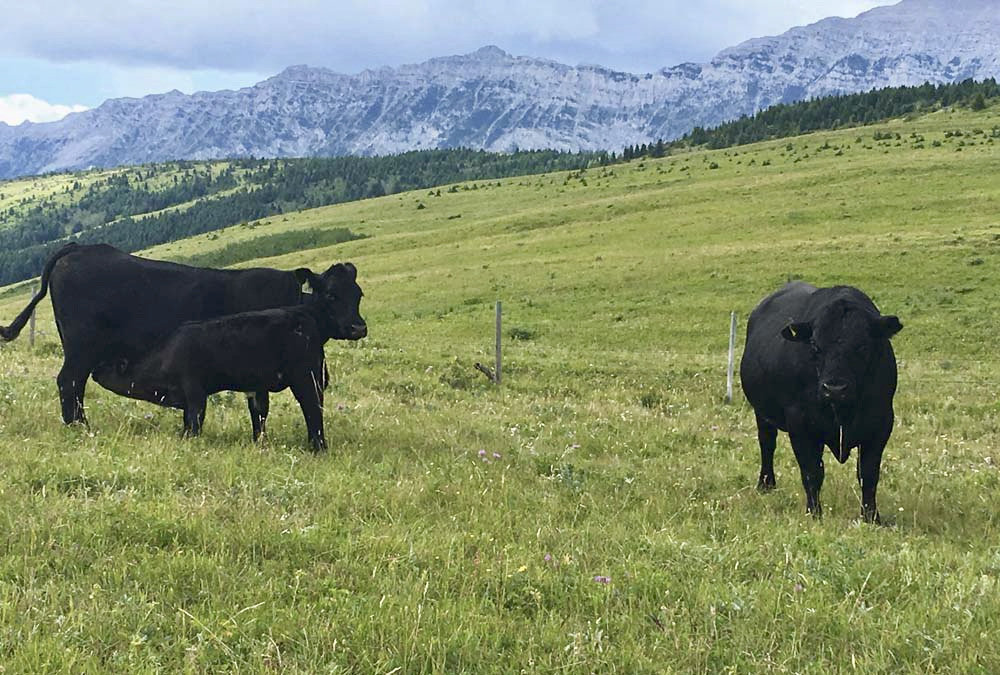
This business model features two main components: the Sendero Genetics program, designed for seedstock producers, and the Sendero Cattle program, created for cattle feeders. The tools created for each program, Lowe says, come together at the cow-calf sector.
“The goal at the feeder end is to enable production information, and not financial information but just production information, to flow back up the value chain to people that are making management and genetic decisions on animals before they end up in a feedlot to help them improve the quality of those decisions and therefore the quality of the cattle that end up at the feedlot.”
To do so, they’ve created a feeder evaluation tool suited to any breed of cattle, using information on genetics and production practices at the cow-calf stage to provide feeders with an expected performance metric. This can help feeders price cattle and use vaccination and weaning information to tailor induction protocols to specific groups of calves.
“In addition, because we know where the calves are born and where they’re fed all through their life cycle right to where they’re killed, we can track the chain of custody, so that can enable some marketing opportunities for the feeder,” he says.
For the seedstock producer, the Sendero Genetics program focuses on improving accuracy in genetic evaluations. In collaboration with some of the world’s top genetic consultants, they created a set of seedstock performance measurement standards, encompassing the data required to get the highest accuracy possible in EPDs.
“We can deliver those standards and those protocols to seedstock breeders, ensure that they’re using them and then verify that the seedstock cattle they raise qualify for our Sendero Genetics program,” says Lowe. Increasing the accuracy of genetic evaluations at this stage will then result in higher accuracy in Sendero’s feeder calf evaluations and thus greater value for all those involved in the system.
“Down the road, when we have larger numbers of feeders looking for cattle that have been evaluated through the Sendero Cattle program, that’ll create higher demand for those calves, creating higher demand for those bulls that have been raised in the Sendero Genetics program and can contribute to higher-quality Sendero cattle.”
Linking the supply chain
Though these programs are in their early stages, Sendero is growing and currently has customers at the seedstock, cow-calf and feeder levels. The first calves to enter the program, enrolled in the fall of 2020, have gone through to slaughter, with Sendero providing data back to the producers. As well, they’ve had calves in the program qualifying as Certified Sustainable with Harmony Beef Company, a packing plant near Calgary, using the program’s data flow to track the chain of custody.
“One of the biggest successes that we’ve had is that we’ve been able to provide some feedback along the value chain that helps cow-calf producers, seedstock breeders and cattle feeders change their practices to improve the efficiency,” says Lowe.
“We’ve enabled cattle feeders to tweak their induction protocols based on the information we can provide to lower the cost of induction and not have negative results from doing that.”
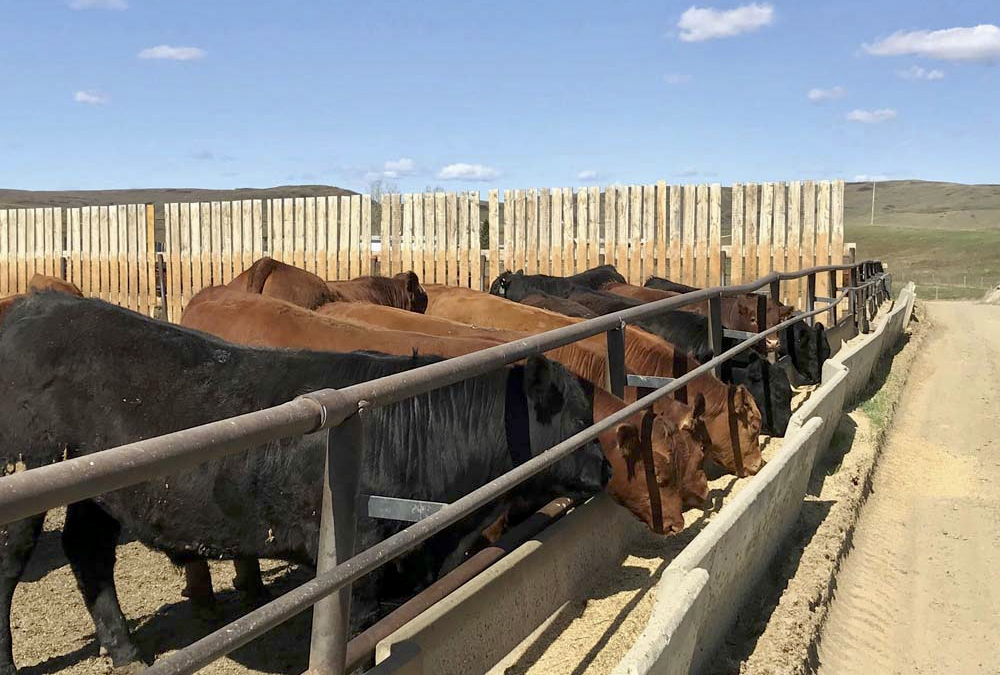
The data flow system back to calf sources, initially provided by Granite Cattle Inc. and now through Sendero, has allowed these cow-calf producers to also adjust their production practices for the better.
Looking ahead, continuous improvement of this model is an important goal, Lowe says. “On the genetics side, we just want to continue to refine our data collection protocols and make sure that those EPDs that are coming through on Sendero Genetics-verified cattle are as accurate as they can possibly be,” he says.
“On the Sendero Cattle side, we want to make sure that the evaluations that we’re getting on those feeder calves are continuously improving and getting as accurate as they possibly can be.”
Working with researchers on improving production practices through the value chain is part of this process of improvement. “We’re trying to make sure that we keep the right balance of research and business goals, but research goals are really important as well, and so we’re interested in working with other parties who are doing that, too.”
Tying into Sendero’s aim to be relevant to all types of operations and different environments, the company also plans to expand across Canada and eventually throughout North America.
Beyond the more immediate benefits of the Sendero program, Lowe is excited about the future opportunities arising from the ancillary benefits. For example, using current options to increase efficiency and improve the use of resources opens up possibilities for more individualized practices at each stage of production.
“We’re ultimately taking this first step towards more precise individual animal management, which I think personally unlocks huge potential for the ability for the cattle industry to improve the performance of our industry, reducing the cost of producing the product that we produce as well as improve what we can deliver to our customers by being able to tailor-make products for an immeasurable amount of various different customers and different types of customer, right from birth to burger,” he says.
“I’m not saying that Sendero can do that all by itself, but I think we’re part of a movement and a system that can enable that significantly more efficient value chain, created by enabling value-chain alignment in a model that benefits everybody participating.”
Sendero Limited is currently seeking commercial calves to participate in this program. Interested cow-calf producers, as well as seedstock producers and cattle feeders who want to become involved, can learn more by visiting senderolimited.com.





